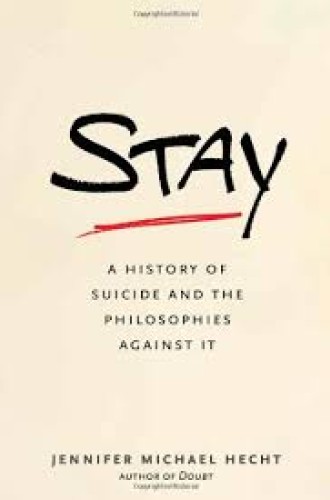Stay, by Jennifer Michael Hecht
The philosopher Søren Kierkegaard was a kind of poet. The distinguished poet Jennifer Hecht is a kind of philosopher and a first-rate historian of ideas. In her previous book, Hecht traced the vicissitudes of the meaning of doubt in our culture, and in these beautifully written pages she jogs our collective memory about the topic of suicide. But this study is much more than a compilation of summarized and well-packaged positions.
Most arguments contra the moral legitimacy of suicide are built on premises of faith, on the view that you are robbing God of God’s property. Hecht, in contrast, is intent on providing secular reasons for refraining from what historically and rightly has been called self-murder.
From the outset Hecht stresses that the book is “chiefly about despair suicide, rather than what might be called end-of-life management.” In her reckoning, when the terminally ill terminate their lives, it is more of a matter of choosing how to die than it is self-murder.






